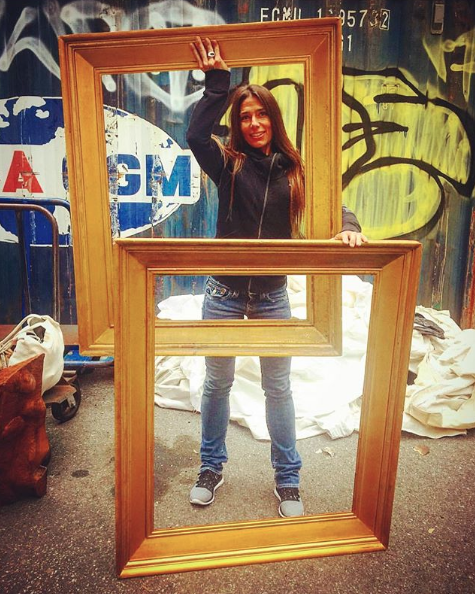Buy Low, But Don't Be Cheap

This pair of Sully frames is the perfect example. They weren’t empty when I bought them. They each housed a portrait. I mean they are portrait frames. So where are the portraits? I’m not sure because I left them at the flea market. You see sales of ‘instant ancestors’ are down. Really down. Maybe you read the Wall Street Journal article recently extolling the benefits of exploiting this low market. The author of the article, Kathryn O’Shea-Evans (who has now blocked me), even bragged that her husband beat the seller down an additional thirty percent on a pair of portraits that she loved, but that is a rant for another day. Back to the frames. Armed with a pair of pliers, I ripped out the cut nails that held the paintings in the frames and told the seller that I only wanted to buy the frames. Even though they are portrait frames and the market is down, remember I mentioned that. The vendor and I struck a deal and I went home with the pair. Of frames. When it came time to sell them, my clients told me that the market for portraits is down and they didn’t want to buy portrait frames. Oops. Had I outsmarted myself? No. Because I just hadn’t shown them to the right client. A couple pics sent by text with a price and he jumped at the pair. Back to the portraits. The seller was more than happy to have the pair because he had a client for them. Win - Win. So, yes. Take advantage of a low market but don’t take advantage of the seller. Be ready to hold something in a low market, but don’t give up hope because your client might only be a text away. ;-) hkv